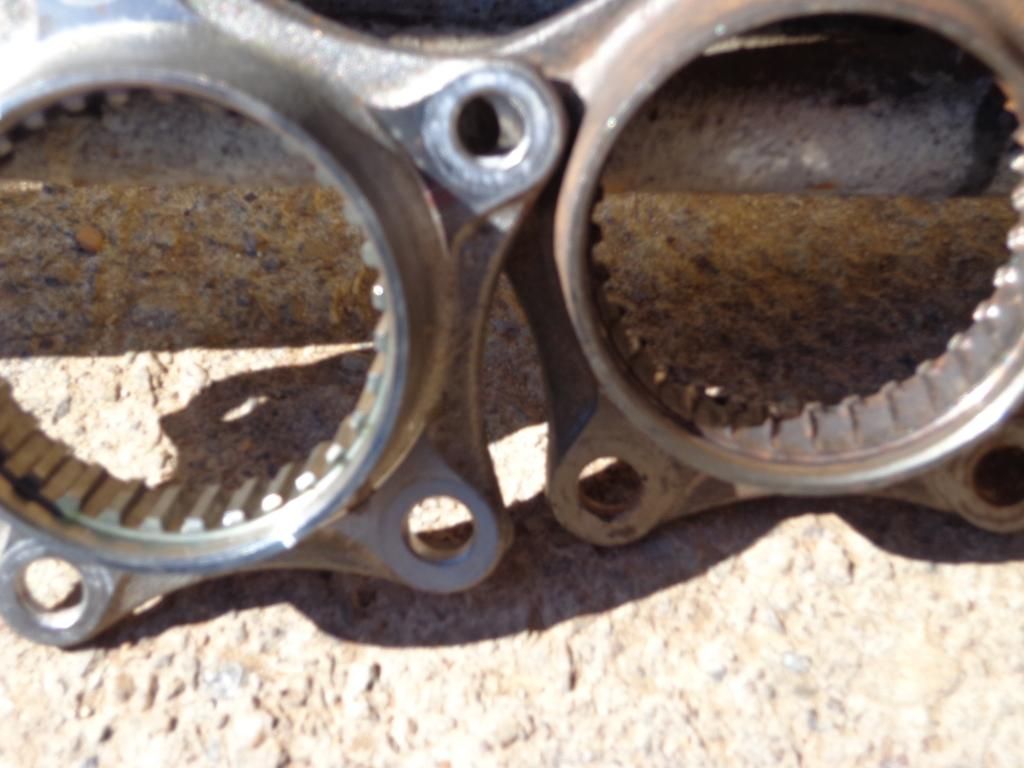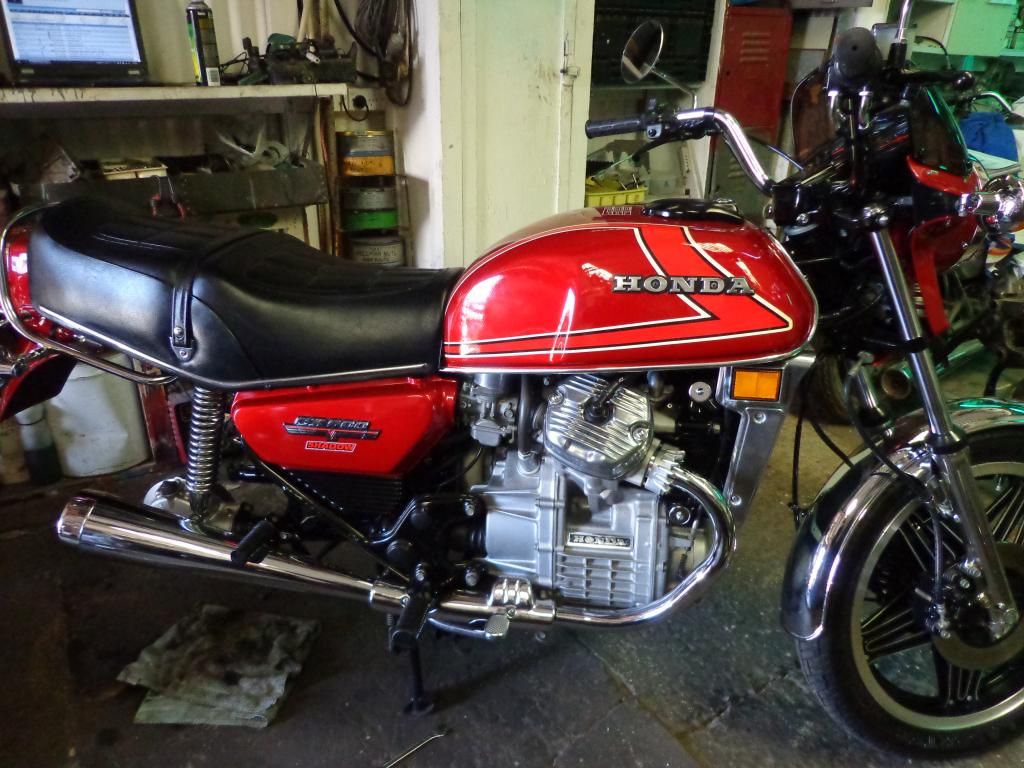A coworker and I were discussing greases yesterday (fascinating topic, I know!) and I told him that I had picked up a tube of the Honda Moly 60. Just for fun, we looked up other moly greases that reportedly have a high molybdenum disulfide content. Loctite Moly Paste came up, and I have had great success with many of their chemical products, including and anaerobic sealer that I am using on my clutch cover (no gasket).
Anyway, a quick search for the MSDS sheets shows that the Honda paste has only 15-20% Moly vs. over 60% in the Loctite product. Is there something else special about the Honda paste, or would Loctite be as good or better for the final drive on these bikes?
Anyway, a quick search for the MSDS sheets shows that the Honda paste has only 15-20% Moly vs. over 60% in the Loctite product. Is there something else special about the Honda paste, or would Loctite be as good or better for the final drive on these bikes?











